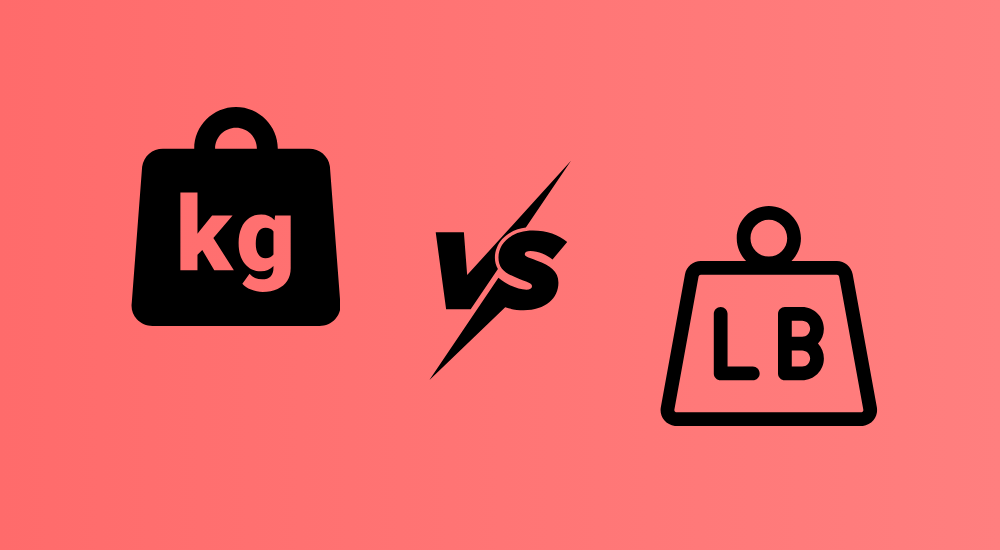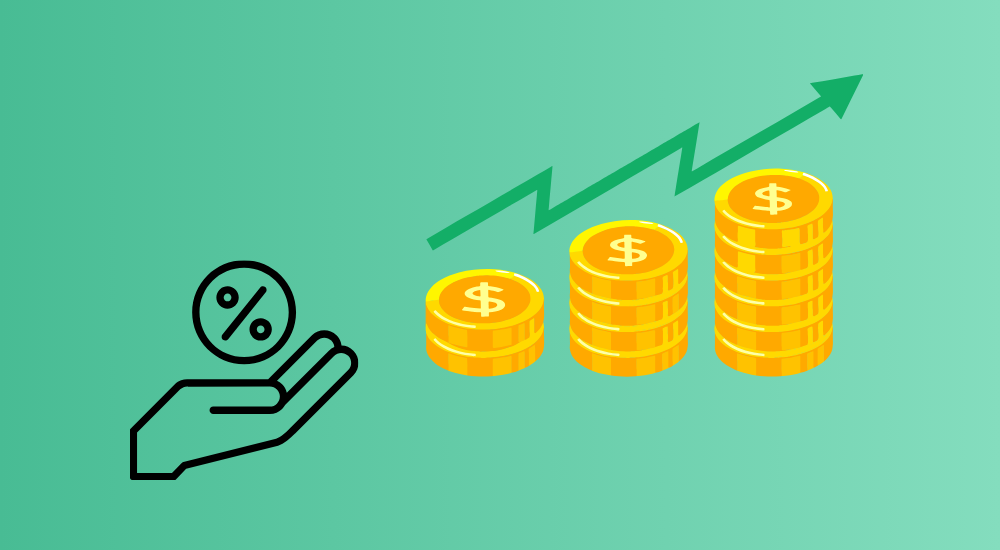Return on Investment (ROI) Calculator
Understanding Return on Investment (ROI) with Our ROI Calculator
When you’re investing your hard-earned money, it’s essential to know how well that investment is performing. This is where Return on Investment (ROI) comes into play. ROI is a simple and effective way to measure how much profit you’ve made compared to your initial investment.
Our ROI Calculator helps you quickly calculate your returns by entering just two inputs: the initial investment amount and the return you’ve made. It then shows you the actual profit and the percentage of your return.
Let’s dive deeper into understanding how to calculate ROI, why it’s so important, and how you can improve your chances of getting a better return on investment.
The Formula for ROI Calculation
The formula for calculating ROI is straightforward and allows you to see how much profit you’ve made on your investment relative to the amount you initially invested:
ROI = (Return − Initial Investment) / Initial Investment × 100
Where:
- Return is the total amount of money you have after the investment matures.
- Initial Investment is the money you initially invested.
- The result is expressed as a percentage, showing you how much you’ve gained or lost relative to your investment.
Practical Examples
Let’s explore two real-world examples to understand how ROI works in practice.
Example 1: Small Business Investment

Imagine you invested $10,000 in a small business, and after one year, the business generated a return of $12,000. To calculate your ROI:
Subtract your initial investment from your return:
12,000 − 10,000 = 2,000
Divide the profit by the initial investment:
2,000 / 10,000 = 0.2
Multiply by 100 to get the percentage:
0.2 × 100 = 20%
In this case, you made a 20% return on your investment.
Example 2: Stock Market Investment
Let’s say you invested $5,000 in the stock market, and after two years, your portfolio is now worth $6,500. Here’s how you would calculate the ROI:
Subtract your initial investment from your return:
6,500 − 5,000 = 1,500
Divide the profit by the initial investment:
1,500 / 5,000 = 0.3
Multiply by 100 to get the percentage:
0.3 × 100 = 30%
In this example, you earned a 30% return on your investment over two years.
Why It’s Important to Know Your ROI
Knowing your ROI is essential because it gives you a clear picture of how well your investment is performing. Here are a few reasons why understanding your ROI is beneficial:
- Assess Investment Performance: ROI allows you to compare the performance of different investments. Whether it’s stocks, real estate, or business ventures, knowing the ROI helps you understand where your money is working best.
- Make Smarter Financial Decisions: By tracking your ROI, you can decide whether to keep an investment, reinvest, or move your money elsewhere. A good ROI indicates that your investment is paying off, while a poor ROI might prompt you to reconsider.
- Plan for the Future: Understanding ROI helps you forecast potential returns for future investments, making it easier to plan and reach your financial goals.
How to Succeed with Investing for a Good Return on Investment

Achieving a high ROI takes careful planning, research, and discipline. Here are a few tips to help you maximize your returns:
- Diversify Your Portfolio: Don’t put all your money into one investment. Spread it across different types of investments such as stocks, bonds, real estate, or small businesses. This way, you reduce risk and increase the chances of earning a stable ROI.
- Do Your Research: Before investing in anything, take the time to research and understand what you’re getting into. Look at historical performance, market trends, and potential risks to make informed decisions.
- Be Patient: Investments take time to grow. It’s important to stay patient and avoid making hasty decisions based on short-term market fluctuations. Long-term investments tend to offer better returns.
- Monitor Your Investments: Regularly check how your investments are performing. By staying on top of your portfolio, you can make adjustments as needed to ensure you’re on track to meet your goals.
- Reinvest Profits: If possible, reinvest the profits you earn from your investments. This can help your money compound over time, boosting your overall ROI.
Conclusion
Knowing how to calculate and understand your Return on Investment is a crucial part of making smart financial decisions. With our ROI Calculator, you can quickly figure out how much you’ve made from an investment and how well it’s performing.
By focusing on achieving a strong ROI through smart investing strategies like diversification and patience, you can set yourself up for long-term financial success.

















